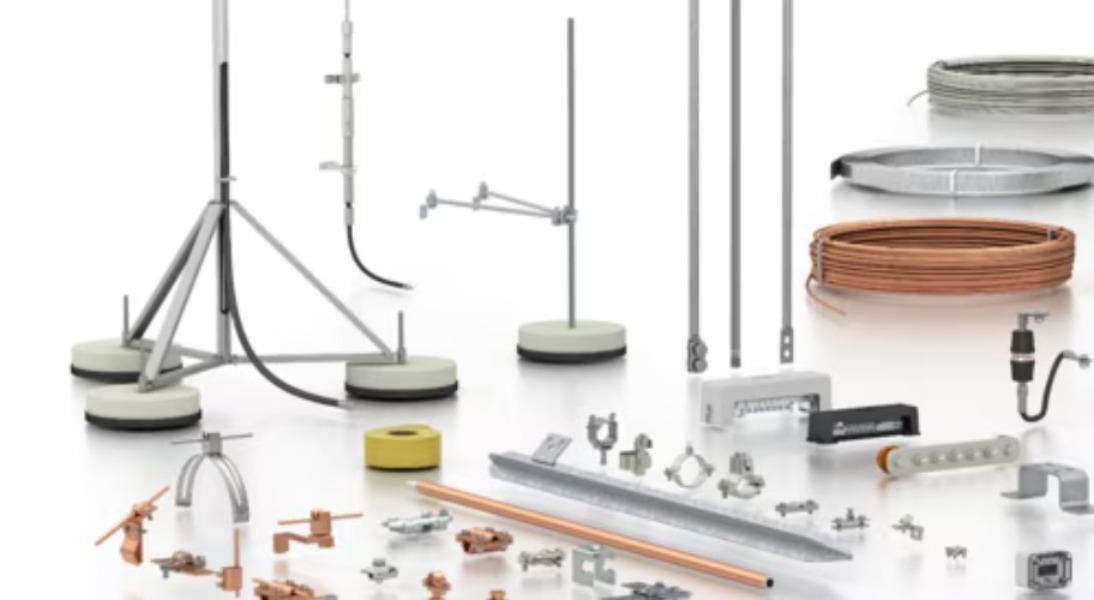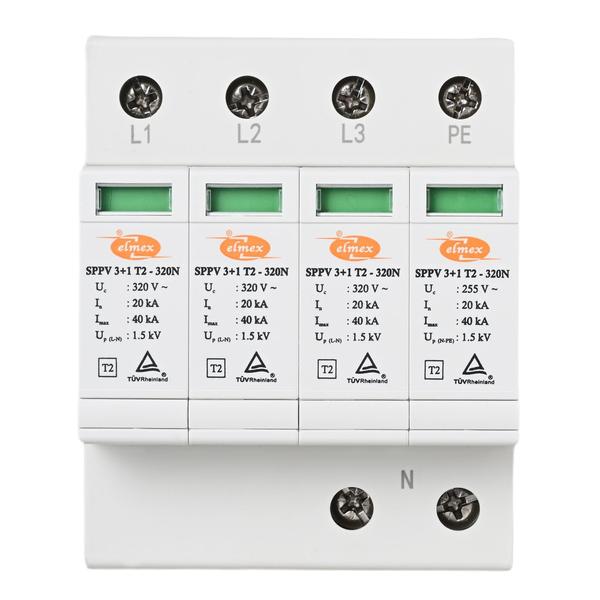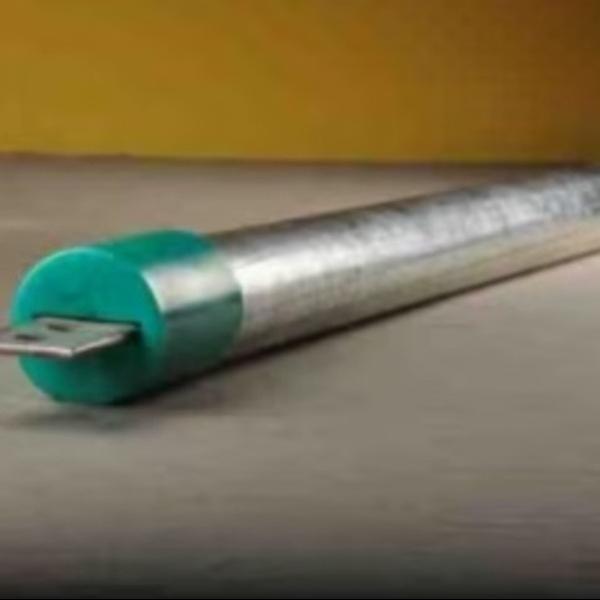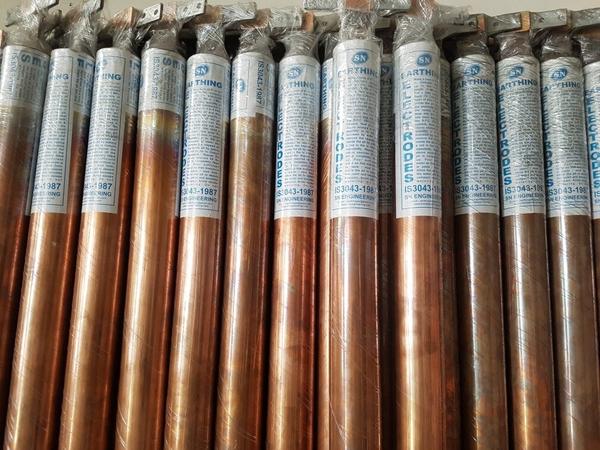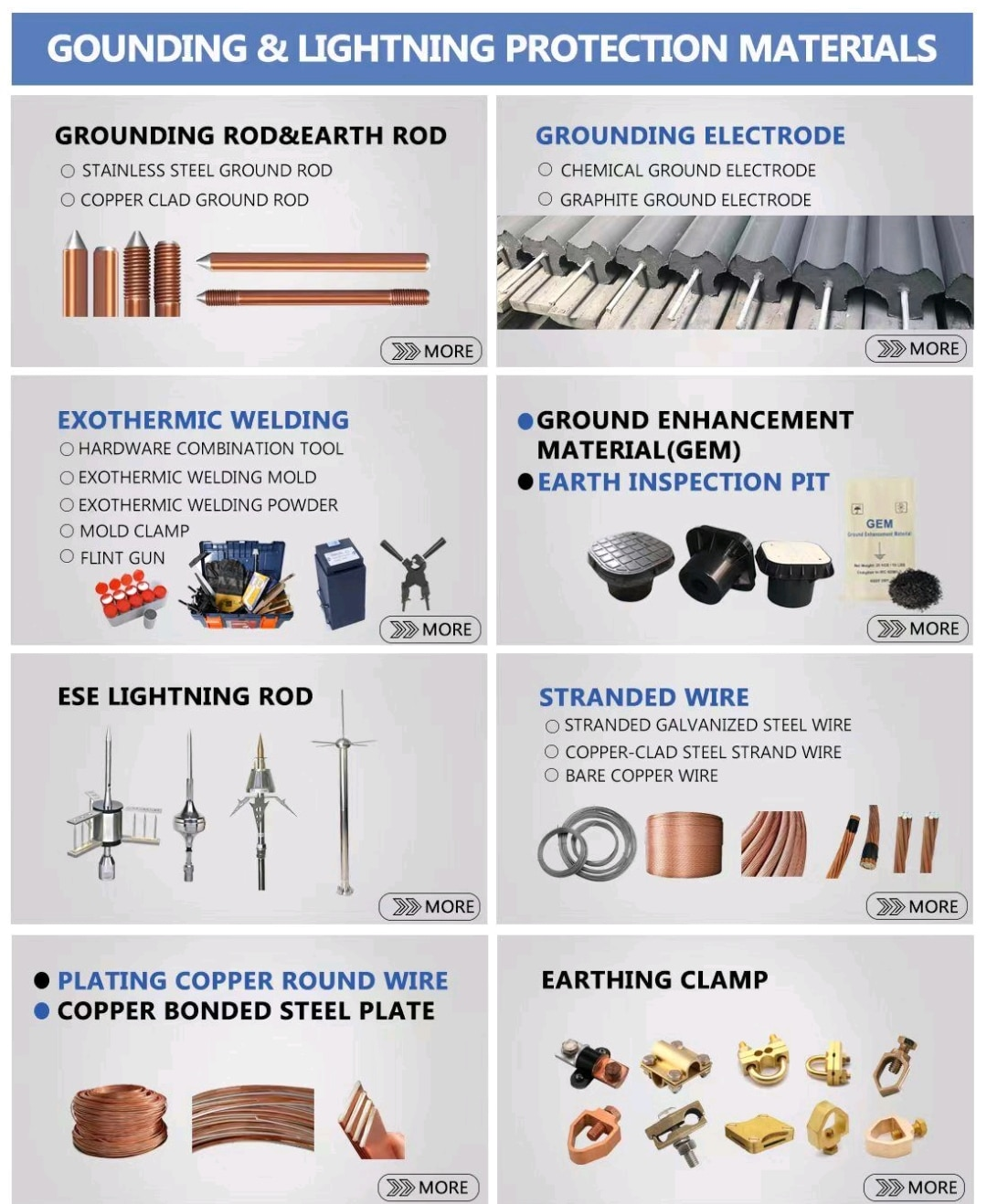
Types Of Lightning Protection (Arrester)
there are 2 type of Lightning Protection
conventional Lightning arrester and ese lightning arrester
Conventional lightning arrester
The conventional lightning arrester consists of Franklin rods. Their effectiveness is decided based on their position, morphology, materials used, and physical reaction that is performed due to the electrostatic field during the lightning.
The lightning arrester is placed at a dominant height, making it a favourable point for the lightning bolt to strike. Through the grounding system, the positive charge rises to the tip of the lightning rod. And when the lightning strikes, the device allows the lightning leader from the cloud and grounds it safely through the installed grounding system. Hence the current discharge gets distributed evenly throughout the ground and thus protects the structure.
Www.snengineering.com
www.chemicalearthingelectrode.com
Types of lightning arrester – ESE
The key purpose of using the ESE lightning arrester is to become the fast conductive point of discharge for the lightning bolt & ground current safely. Hence instead of hitting random objects or the structure of the facility, the lightning bolt will conduct through the ESE lightning arrester and the high voltage spike will get grounded safely.
The main difference between a conventional lightning arrester and an ESE lightning arrester is the response time (ΔT) taken to ground the lightning strike through the lightning protection system. The response time for ESE IS reduced by storing energy from the ambient electromagnetic field or static charges at the time of the lightning.
Www.snengineering.com
Www.chemicalearthingelectrode.com
The ESE lightning arrester can cover a larger radius compared to a traditional lightning arrester. As per NFC 17-102, the ΔT for an ESE Lightning Arrester should be at least 10μs. At SN ENGINERRING Components, we have a range of products from the ΔT of 10μs to 60μs. Generally, the ΔT gets defined as per the area & requirement of the project.
WWW.SNENGINEERING.COM
WWW.CHEMICALEARTHINGELECTRODE.COM
Keywords
ΔT
NFC
tip
area
60μs
10μs
cloud
Types
range
energy
2 type
device
project
position
facility
products
structure
materials
morphology
key purpose
requirement
effectiveness
response time
larger radius
lightning rod
Franklin rods
lightning bolt
ground current
random objects
static charges
main difference
positive charge
dominant height
lightning leader
lightning strike
favourable point
grounding system
physical reaction
current discharge
high voltage spike
electrostatic field
fast conductive point
SN ENGINERRING Components
The ESE lightning arrester
lightning protection system
ambient electromagnetic field
traditional lightning arrester
Lightning Protection conventional Lightning arrester

